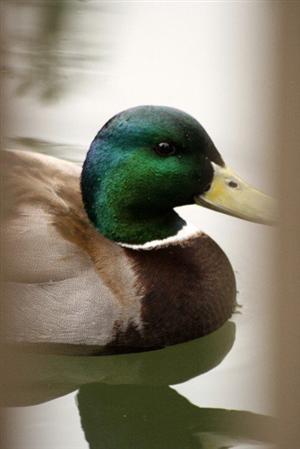Convention on the Protection of Migratory Birds in Canada and the United States
The unregulated killing of migratory birds in the early 19th century put many species at risk throughout Canada and the United States. In 1916, recognizing that preventing further species loss would require cooperation, Canada, the UK and the USA adopted the Convention on the Protection of Migratory Birds in Canada and the United States. In 1995 the convention was amended though a protocol which has been signed by Canada and the USA but which has not yet come into force (DFAIT, 2002).
The convention creates a uniform system of protection by establishing a common closed season on the hunting of migratory game birds such as ducks and geese. Hunting of non-game migratory species is effectively banned throughout the year. (DFAIT, 2002).
Although the convention is outdated in its details, the core objective of protecting bird species, especially migratory species that require a large range, remains. Effects that oil sands developments have on migration ranges and the bird species occupying them is regulated under this treaty and related acts.
The Migratory Birds Convention Act (1994) is the federal legislation that governs the protection of migratory birds in Canada, implementing the international convention. At the provincial level the Water for Life strategy considers wetlands and is therefore an important tool for the protection of migratory birds. The Interim Policy on the Wetland Management in the Settled Area of Alberta (1993) is another important initiative for protecting the habitat that migratory birds rely on for survival.









